infrared
Latest
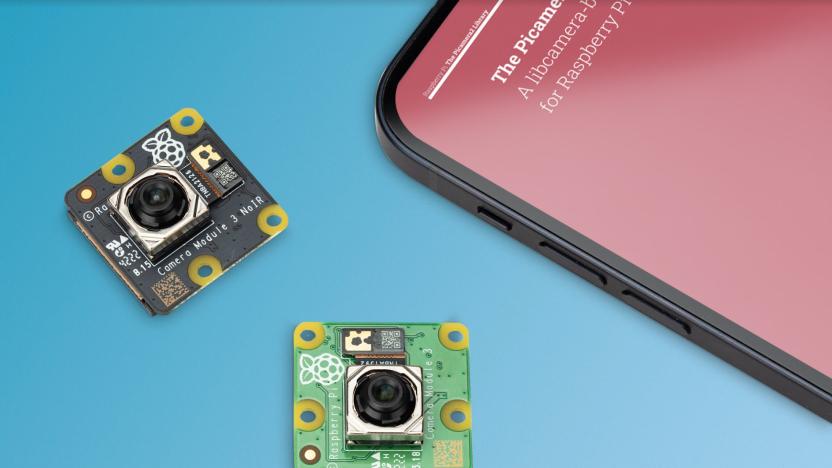
Raspberry Pi's new 12-megapixel camera modules provide powered autofocus
Raspberry Pi has launched the Camera Module 3 with big improvements, including higher resolution, infrared, HDR, autofocus and more.
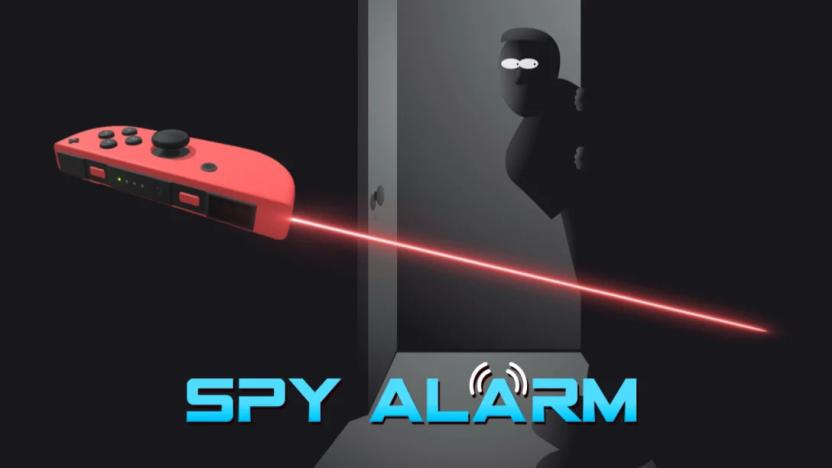
'Spy Alarm' turns your Switch into an invisible tripwire
From the people who brought you the hit Nintendo Switch app Calculator.
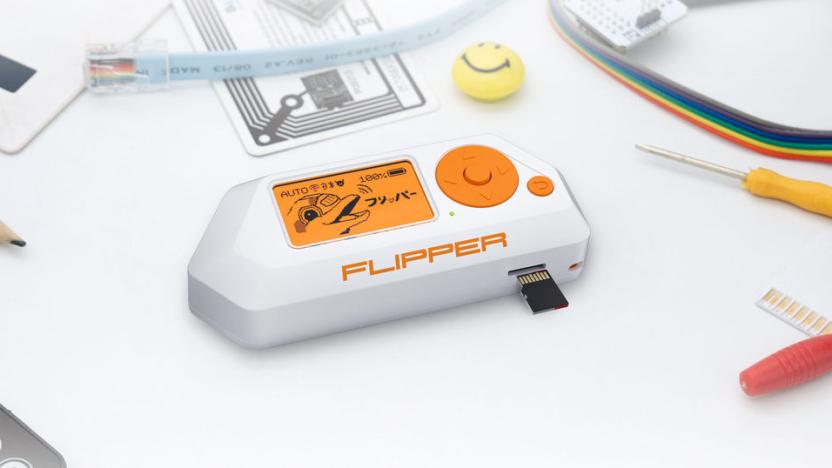
Flipper Zero turns hacking into a Tamagotchi-style game
Its creators want to show that hacking is 'a skill set like anything else.'
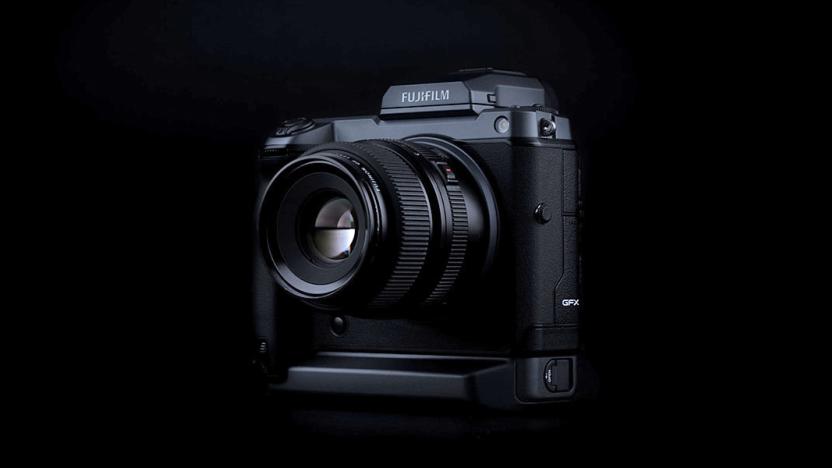
Fujifilm turned its flagship camera into an infrared forensics tool
Fujifilm has unveiled a special infrared version of the 100-megapixel, medium-format GFX100 designed for “forensic, scientific and cultural preservation applications,” the company announced.
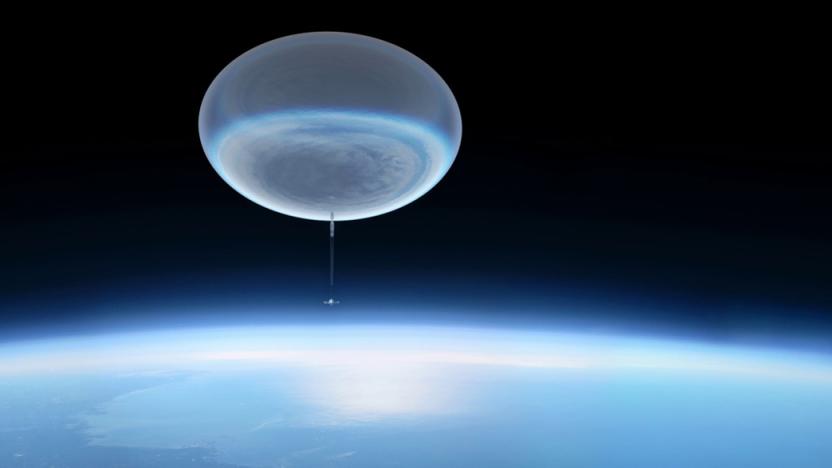
NASA will deploy a huge stratospheric balloon to study newborn stars
NASA plans to send an 8.4 foot telescope into the upper stratosphere aboard a “football stadium” sized balloon. ASTHROS (astrophysics stratospheric telescope for high spectral resolution observerations at submillimeter-wavelengths) will study the gases around newly-formed giant stars by observing the far-infrared light they emit.

Stanford researchers manage to put a particle accelerator on a silicon chip
In scientific pursuits, like the search for dark matter, researchers sometimes use high-power particle accelerators. But these giant machines are extremely expensive and only a handful of them exist, so teams must travel to places like the SLAC National Accelerator Laboratory in Menlo Park, California, where Stanford University operates at two-mile-long particle accelerator. This may change, though. Researchers believe they have developed an alternative: a laser-driven particle accelerator that fits on a silicon chip.

Amazon's Fire TV Blaster brings voice control to entire home theater setups
Amazon is adding even more hands-free functionality to your TV viewing experience. The company has announced Fire TV Blaster, an infrared (IR) companion device that extends voice control beyond streaming features to TV and cable control, too.

iOS 12 code hints at iPad with Face ID
Apple's iOS 12 has hinted from the outset that an iPad with a notched display was in the works (the status bar conspicuously made room for it). If you were wondering whether or not that meant an iPhone X-style TrueDepth camera and Face ID, though, you can rest assured after today. Developer Steve Troughton-Smith has discovered that AvatarKit, the framework behind Animoji and Memoji, now supports the iPad. Given that you need a TrueDepth camera for these face-tracking personas to work, and the iPad Pro hasn't been updated in over a year... well, you do the math.

Scientists dupe infrared cameras with thermal camouflage
Scientists have created a graphene-based material that can outwit thermal cameras by masking hot objects. The film provides a layer of camouflage by appearing to match the ambient temperature, potentially making the object it's covering seem invisible to the cameras.

ESA plans to measure ocean plastic data from space
Scientists at the European Space Agency (ESA) are working on a technology that would allow them to identify from space just how much plastic there is floating around in oceans. Until now, researchers have used satellite maps to simulate the accumulation of marine trash, but the new project would use direct optical measurements to provide actual data on the scale of the issue.
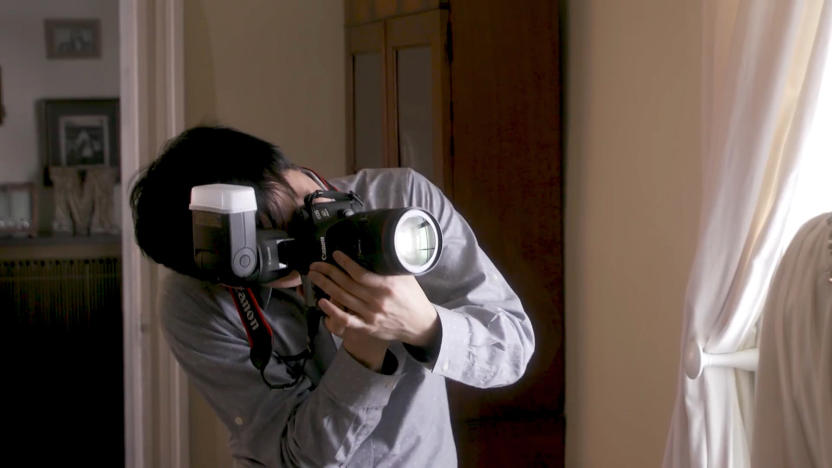
Canon's AI flash moves by itself to make portraits more flattering
Camera flashes aren't normally the sexiest products, but Canon has made its Speedlite 470EX-AI a lot more interesting by using artificial intelligence. As photographers know, you're better off bouncing a flash off a wall or ceiling to best flatter subjects, rather than pointing it directly at them. Figuring all that out can be a pain, however, which is where Canon's "AI Bounce" tech comes in. By calculating the distance between the camera, ceiling and subject, it lets beginning photographers "utilize the ideal lighting and natural brightness of the room," Canon explains.
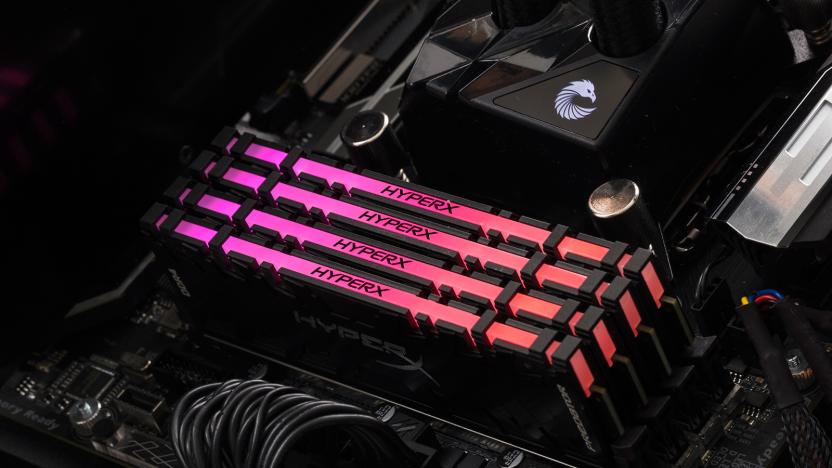
HyperX memory improves your PC's light show with infrared
Many PC enthusiasts use light-up RAM to add a flair to their systems. But creating a proper, synchronized light show isn't always easy. Even if you have the right motherboard, compatible RAM and the necessary software, there's no guarantee of a harmonious display. HyperX wants to fix that: it's introducing new Predator DDR4 modules that can use infrared light to sync their RGB illumination. There's no guesswork and no external cables -- you can just assume your lights will pulse together using power directly from the motherboard.

Solar eclipse gives NASA a rare opportunity to study Mercury
While you're stuck on Earth during today's solar eclipse, NASA jets will be performing a tricky science experiment on the Sun and its closest companion, Mercury. A pair of them will take off this morning from Houston's Johnson Space Center and follow the path of of the eclipse, allowing them to see "totality" for three and half minutes, nearly a minute longer than Earth observers. Equipped with a pair of infrared telescopes each, they'll examine the sun's corona and Mercury's chemical signatures to find out what lies below its surface.

Panasonic AI senses drowsy drivers and cranks up the AC
Until self-driving cars get a lot better, the only AI controlling them will be us. Since we're imperfect, sleepy beings, however, Panasonic is using artificial intelligence in a different way: To detect when we're drowsy and pull us back from dreamland. There's a surprising amount of tech to that, including an infrared sensor, environment sensor, facial capture camera and "thermal sensation" system that activates the car's AC or alarms if all else fails.

Firmware suggests the next iPhone will use infrared face unlock
Ever since our close look at an alleged render of the next iPhone back in May, there have been rumors of 3D face scanning plus a large screen-to-body ratio flying about. Today, we finally bring you some solid evidence about these features, courtesy of -- surprise, surprise -- Apple itself. After digging up new details about the Apple HomePod in its leaked firmware, iOS developer Steve Troughton-Smith came across some code that confirm the use of infrared face unlock in BiometricKit for the next iPhone. More interestingly, in the same firmware, fellow developer Guilherme Rambo found an icon that suggests a near-bezel-less design -- one that matches rumored schematics going as far back as late May. For those in doubt, Troughton-Smith assured us that this icon is "specific to D22, the iPhone that has Pearl (Face ID)."
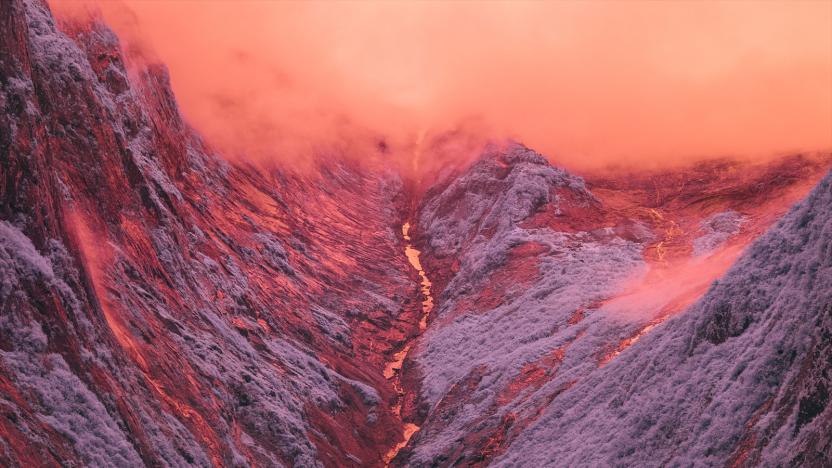
Invisible infrared light reveals a hidden Alaska
Infrared photography isn't just for soldiers or police, it also gives photographers a tool for capturing what is normally unseen. A strong case in point is photographer, artist and Tron title designer GMUNK, aka Bradley G. Munkowitz. He trekked to Alaska's Tracy Arm Fjord last summer with a modified Fujifilm X-T1 IR full-spectrum camera in hand, transforming the already-dramatic landscape into a psychedelic exoplanet.
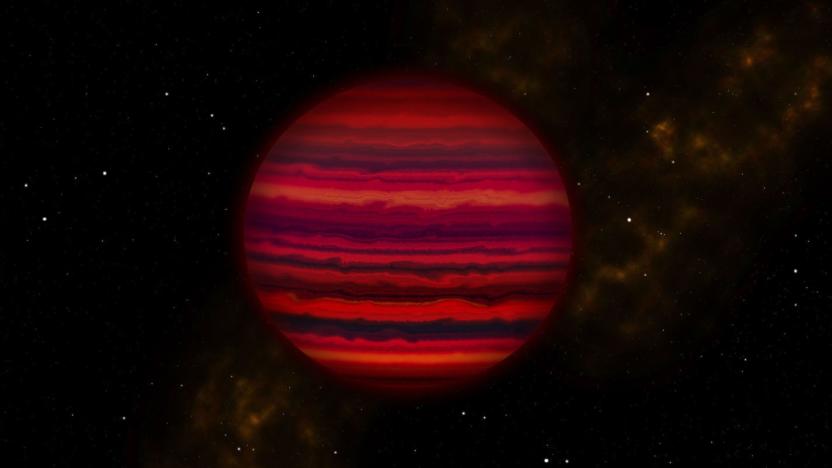
Scientists find the first water clouds beyond the Solar System
At last, astronomers have found evidence of watery clouds beyond our home star... only they're not hovering around a planet, like you might expect. UC Santa Cruz-led researchers have discovered signs of water vapor clouds around WISE 0855, a brown dwarf (that is, gas and dust that failed to become a star) a relatively close 7.2 light years away. The team had to use tricky infrared spectrum analysis to spot signs of water absorption around the dwarf, which is so cold and faint (-10F) that visible light and near-infrared studies wouldn't work.

AI-powered cameras make thermal imaging more accessible
As cool as thermal cameras may be, they're not usually very bright -- they may show you something hiding in the dark, but they won't do much with it. FLIR wants to change that with its new Boson thermal camera module. The hardware combines a long wave infrared camera with a Movidius vision processing unit, giving the camera a dash of programmable artificial intelligence. Device makers can not only use those smarts for visual processing (like reducing noise), but some computer vision tasks as well -- think object detection, depth calculations and other tasks that normally rely on external computing power.
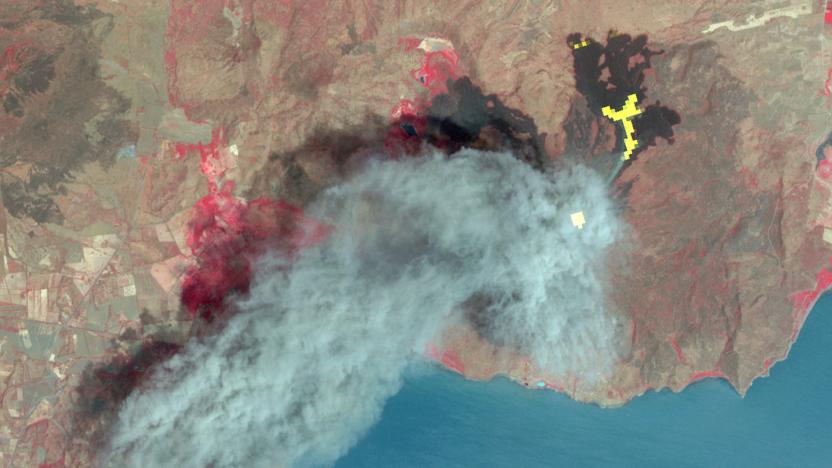
NASA gives away the data from an Earth-mapping spacecraft
Want to know a whole lot about the Earth's surface? NASA and the Japanese government are now giving away all the data from the ASTER (Advanced Spaceborne Thermal Emission and Reflection Radiometer) instrument... for free. Previously, you had to pay if you wanted anything more than basic topographical maps; now, you get over 16 years' worth of near-infrared elevation and thermal data. This is mostly helpful if you're a student or a scientist, but it could be worth a peek if you've wanted to see how everything from farms to volcanoes can affect the planet's surface heat.

Pluto gets rainbow-hued in NASA's latest images
Pluto may have been imaged six ways from Sunday, but it's clear that the New Horizons probe still has a few surprises up its sleeve. NASA has posted both a photo and a video showing how the spacecraft can produce vibrant colors from the seemingly drab-looking dwarf planet. The key is New Horizons' infrared spectrometer. Its linearly-varying filter produces a stained glass window effect as it looks for reflected chemicals, like in the clip you see below -- the dark bands come when Pluto's methane ice absorbs those materials. And when researchers plug the results into visible color channels, the result is the almost festive mix of red and green (with hints of blue) that you see above.





